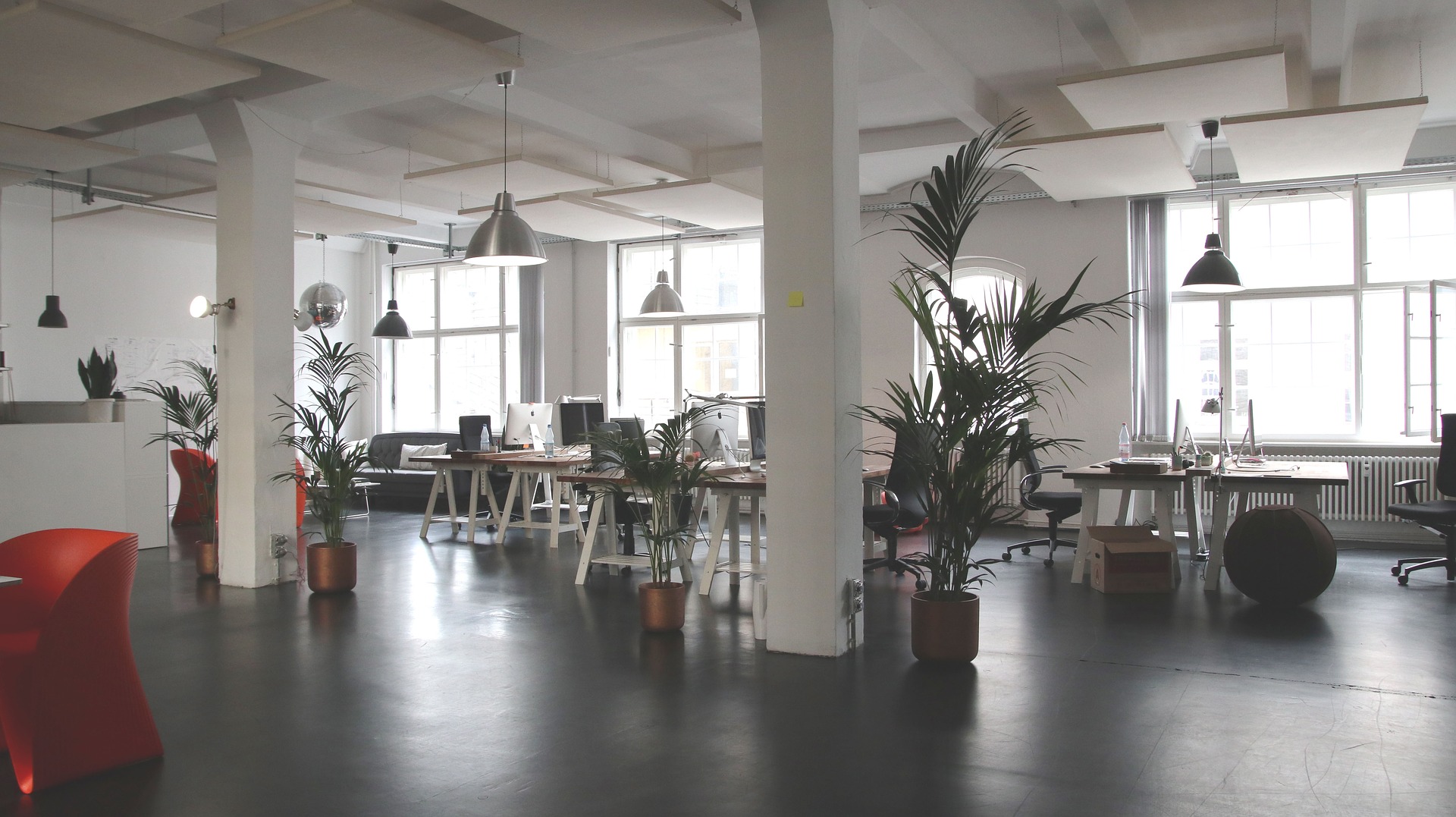You don’t have to have an engineering degree and you don’t need to be a PhD to want to improve your living conditions. In fact, we all do something to improve our current condition on a daily basis, and we commonly refer to it simply as “comfort.”
Anyone with access to a window, a fan, drapes and blinds, a thermostat, or humidistat is “engineering their environment” and dabbling in the discipline of building science.
Comfort in Buildings is Personal
Another simple example we can all relate to would be looking for a place to sit outside on a very sunny day and choosing the spot with the most shade and best breeze. And, we can’t forget about the age old “battle of the thermostat” as another great example of how we all try to engineer our environments. Side note: Why can’t we all just get along?!
“Buildings are not uncomfortable, people are uncomfortable in buildings.”
The quote above equates to comfort as a very subjective and individual measure. You could even say comfort is downright personal.
Have you ever left a building, a room, or the outdoors to change your comfort level while others stayed behind?
For instance, if you place four people in the same space, I bet that just like Goldilocks and her three bears, you will find just one person that finds the space “just right,” and the others will either be too hot, too cold, or just too uncomfortable.
Indoor Air Quality As a Comfort Measure
What about indoor air quality (IAQ) as a measure of comfort? Could the air in a space be unbearable for some? Have you ever been in a freshly painted space or a space with new office furniture and gotten a headache?
IAQ addresses the need for fresh air and individual sensitivities to volatile organic compounds (VOC) and particulate matter. There is a subset of the population who have heightened sensitivities or allergies that can make a space with poor IAQ uncomfortable or even intolerable. VOCs can enter a building from an exterior source or can be emitted from interior finishes, furniture, and office machines.
As buildings are sealed better, fresh air exchange and filtration become more important to dilute, clean, and exchange stale and contaminated air. Older leaky buildings provide a ready source of exterior air infiltration which can also carry moisture, contaminates, and temperature variation into the building, which is problematic. Whether the building is old and leaky or new and tight, both can have very poor IAQ for a variety of reasons.
IAQ utopia would be an air tight building that has a balanced fresh air exchange which tempers and conditions the exterior air for moisture, temperature, and pollution before introducing it to the interior environment.
However, achieving utopia will be difficult unless there is careful consideration of interior VOCs and the quality of the exterior air used for exchange. “Source control” is paramount when dealing with IAQ contaminants. If you don’t allow the VOCs and contaminates into the building, they can’t do their damage.
Building Science Aims for Comfort
Back to my original thought about all of us trying to be comfortable and “engineering our environment.”
Some people might still wonder what building science has to do with personal comfort.
In reality, building science doesn’t exist without interior comfort and IAQ. If people didn’t spend 80% of their time indoors, there would be no reason to condition a building, making it pleasurable to remain indoors.
Building science aims to deliver a comfortable building that is optimized for its climate zone/geography and the type of materials used to build it.
Buildings are a large investment and building owners want durable, resilient buildings with low operating and maintenance costs. Ideally, they want to provide a comfortable and marketable space. When energy is used to make a space warmer or colder, or it is used to remove or add water vapor, there is an associated cost, and the process can have a positive or negative impact on the IAQ and the various materials/systems in the building.
Likewise, adding insulation to improve energy efficiency or using vapor closed or open materials to reduce exterior air and moisture infiltration can have a positive or negative impact on the building. It also greatly depends on the exterior environment, the interior environment, the other materials in the assembly, and how humans operate the building.
The list of factors that influence “comfort” in a building is endless. From biology, climatology, and ecology, to molecules and materials, building science experts help get the comfort formula right the first time.
The formula to Comfort is not always cut and dry:
comfort =
climate zone + energy + building envelope + HVAC + IAQ + occupant behavior
So, next time you prioritize healthy indoor air quality and personal comfort and shut the window when the dust starts blowing around, keep in mind all the factors that go into making a building comfortable. Building science can be “too cool” or “too warm” for some or “just right” for others.
Looking to the Future of Construction
We continue look to the future, collaborating internally across our businesses and with our customer base across multiple platforms, preparing for the coming changes. We are building a sustainable future within our company and providing solutions for the changing world.
If you haven't yet done so, start planning your future construction for 2018 by downloading the 2018 Construction Forecast Report today.




